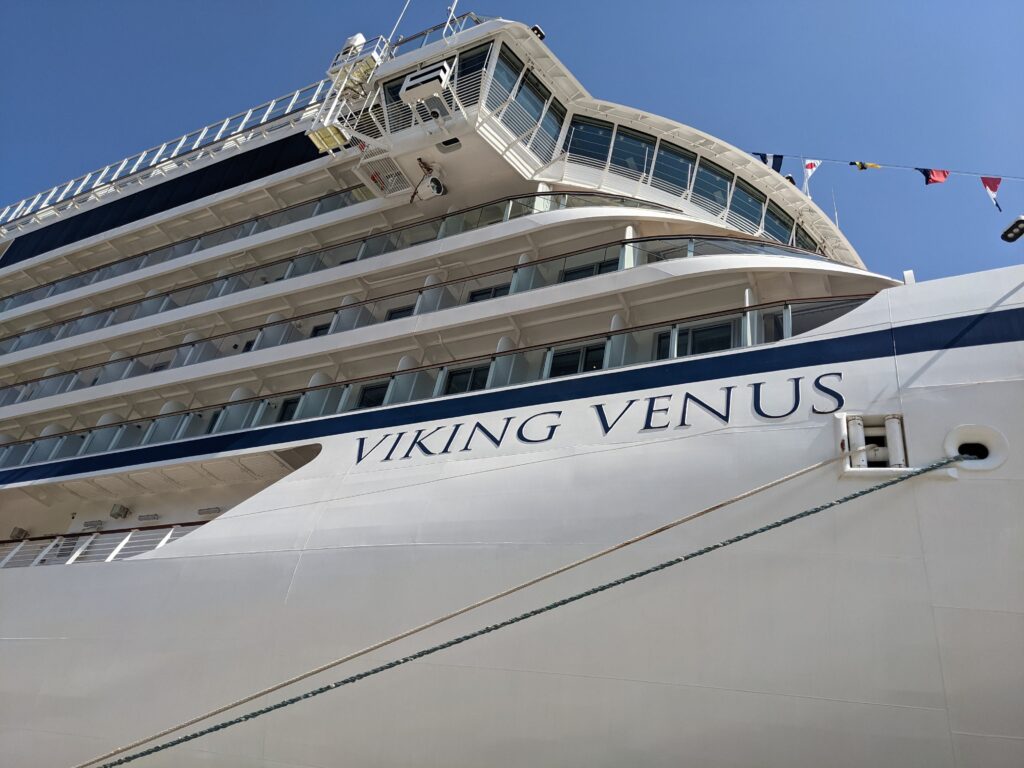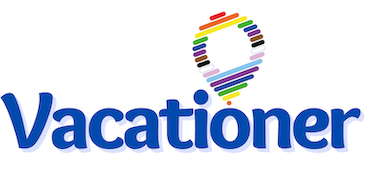My First Cruise During the Pandemic, Here’s What It’s Like
I don’t think anyone will forget the news reports that arose from cruise ships at the start of the pandemic. Scenes of passengers and crew getting ill and countries not allowing ships to dock. There was also the uncertainty of how exactly they would get home with airlines suspending service and the science was still unclear on how fast COVID-19 spread.
But that didn’t stop me from boarding a cruise ship just over a year later. I’ll admit, my family members were a bit concerned. I had my own reservations about the experience, too. Pandemic aside, not all cruise lines are created equal. Some cater to passengers looking for a weekender, a fun party atmosphere, a classy vibe as well as those looking for an elite VIP experience. So, it’s not surprising that health and safety protocols on-board vary among cruise lines at the moment.
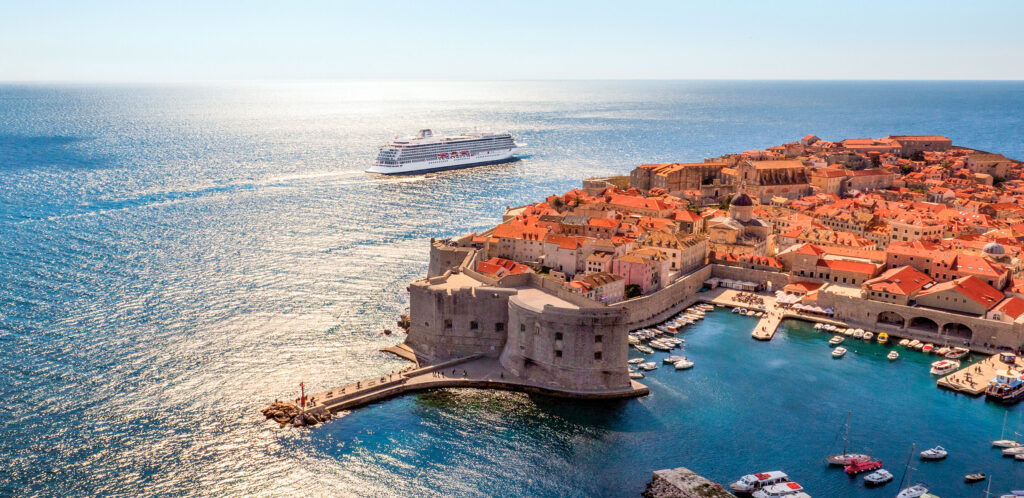
I decided to go on a cruise aboard the Viking Venus, which was an 11-day voyage on the Adriatic Sea, starting in Valletta, Malta, and on to Croatia and Montenegro. My mother and friends probably told me 15 (okay, maybe 100) times to “wear a mask, use hand sanitizer, be careful, and stay safe.”
Honestly, this particular ship was probably the safest place I could be. I had seen the various emails prior to departure about the safety measures in place. Although I knew what I needed to do and how to prepare for the cruise, I didn’t quite grasp just how much responsibility fell onto the guests.
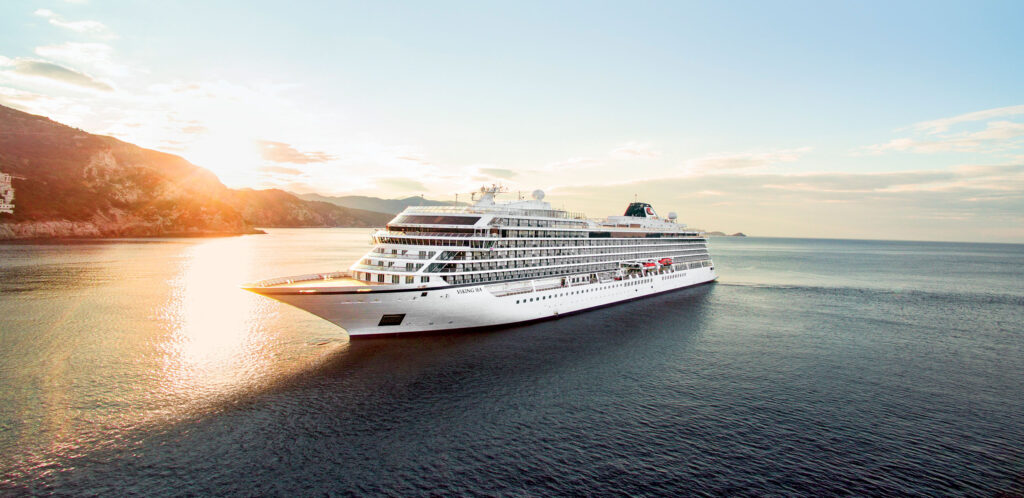
Check-In
Viking Ocean and River Cruises are adults-only, therefore all guests qualify for a COVID-19 vaccination. Viking requires all passengers to get vaccinated prior to boarding the ship. You have to upload proof of vaccination before leaving the airport to head to Malta, but it doesn’t stop there. At the check-in area, a Viking representative takes your temperature before you do anything. The standard for most cruises is that passengers receive their room keys, a credit card gets placed on file, but now, you receive a GPS tracking device that has to be with you on and off the ship. This device is used to quickly identify guests who’ve had an encounter with guests or crew members – who’ve tested positive for COVID – for longer than 15 minutes and fewer than six feet away. The small, round device is attached to a lanyard. You can easily wear it around your neck as many guests did or you can put it in your pocket. Exact placement isn’t enforced but having it on you at all times in mandatory.
Boarding the Cruise Ship
After boarding the ship, you’re quickly taken to your muster station, a place where passengers assemble in the case of an emergency. Because of COVID-19, the lifeboat safety drill has been drastically changed. There’s no more gathering while you put on your life jacket and listen to announcements. Instead, you arrive at your muster station and watch a quick demonstration of how to use your life jacket. You are then free to locate and head to your stateroom. Passengers are required to watch a safety presentation on the television in their room, and then, using their TV remote, they must acknowledge they viewed and understood the safety information.
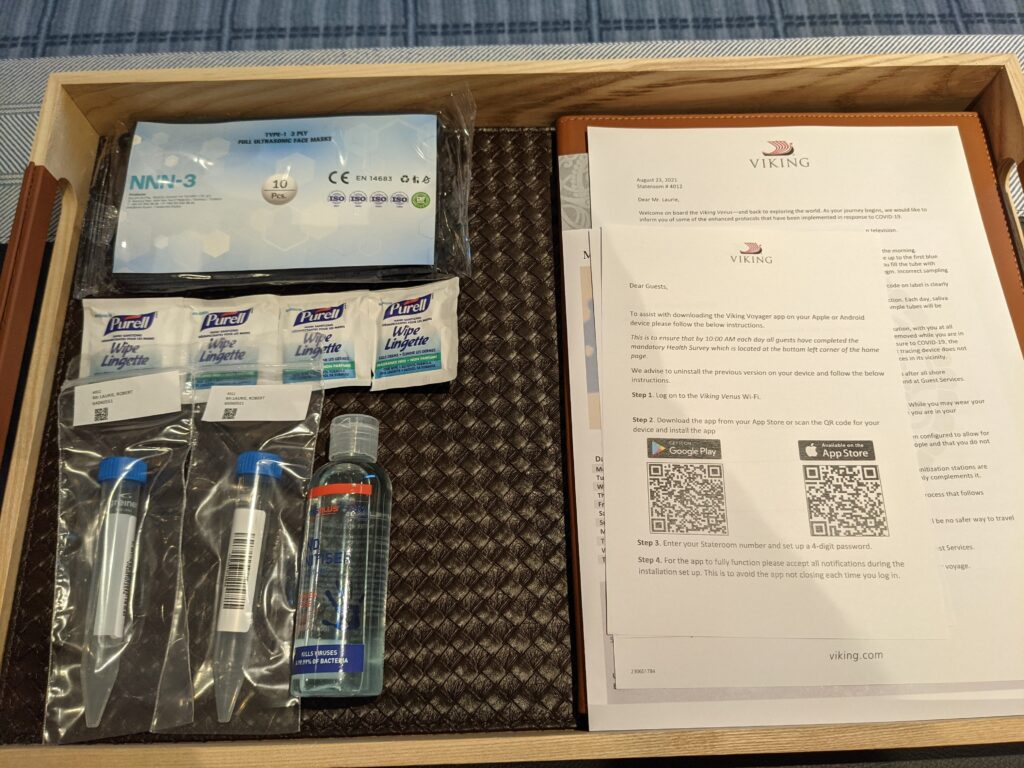
Onboard PCR Tests
After you’ve settled in, a room steward arrives and walks you through the various features of your beautiful cabin on the Viking Venus. They also explain the health protocols onboard and your responsibilities while sailing.
The first, and most important to Viking’s procedures is a daily PCR test. Two medical vials are placed in each cabin prior to your arrival. Every morning, you’re expected to fill one vial with a saliva sample (2 milliliters) for a PCR test to be completed on board in a new state-of-the-art testing lab. A representative for Viking told me the Ocean ships have labs onboard, but Viking River Cruises have created a network of testing labs available at each port. Embarkation day is no different. Within fifteen minutes of boarding, I was expected to submit my first sample for testing. Shipboard staff would quickly be able to ascertain within a matter of a few hours whether or not everyone onboard received negative Covid test results.
The second vial in the room was for the next morning’s test. Guests are also given a package of 10 masks, hand sanitizer, and alcohol wipes. Each night during turn-down service you receive another vial for the next day.
I’m not going to lie, but I had to get used to the daily PCR tests. They ask that you take the test and provide a saliva sample when you wake up before you’ve had your first cup of coffee or brushed your teeth. It’s a bit gross. I had a few nauseous moments, but as the trip went on, I got used to it.
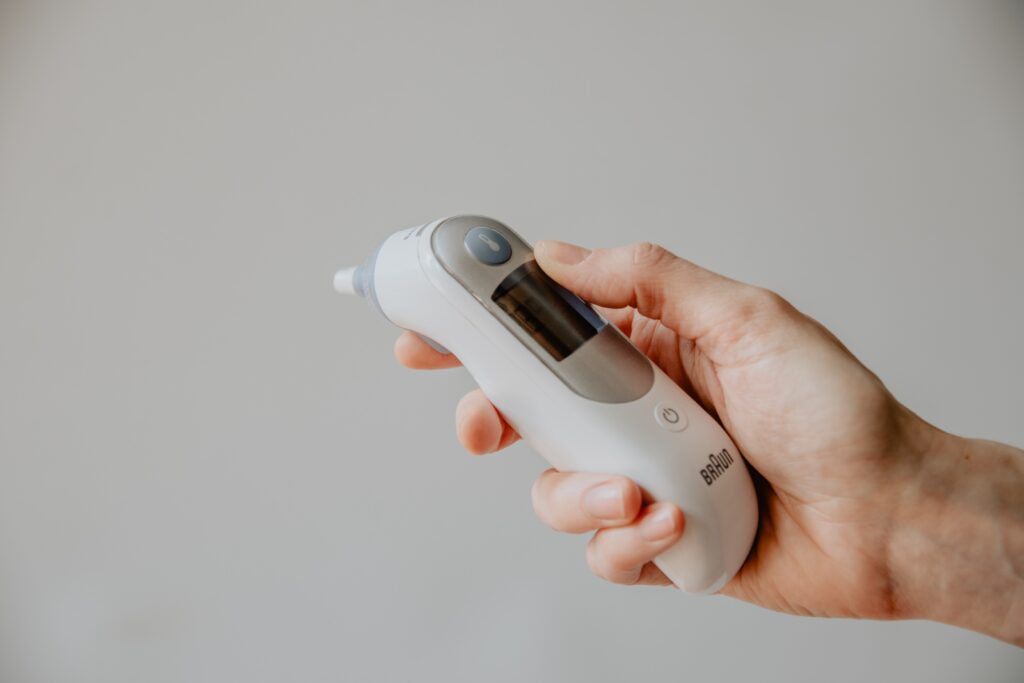
Temperature Checks and Additional Health Protocols
Every morning before 10 a.m., you’re expected to complete a health survey to confirm that you are not had a fever, lost your sense of taste, or that you have flu-like symptoms. The survey check-in can be completed on their app or on your TV.
In addition to wearing the GPS device, taking the daily PCR test and health survey, you’re also expected to go to The World Cafe, the buffet area, or guest services each day to have your temperature taken and recorded. They say this is “at your leisure,” but I’ve also been told they expect it to be done sometime before mid-afternoon.
While walking around the ship and on all excursions, guests are required to wear face masks unless they’re eating, drinking, or on an outer deck. However, I have spotted guests removing them in the lounge while playing a game or chatting when seated six feet or more away from other passengers, or while sitting on the sun and exercise decks. By the way, the crew must also take the daily PCR tests and they also have to wear GPS devices.
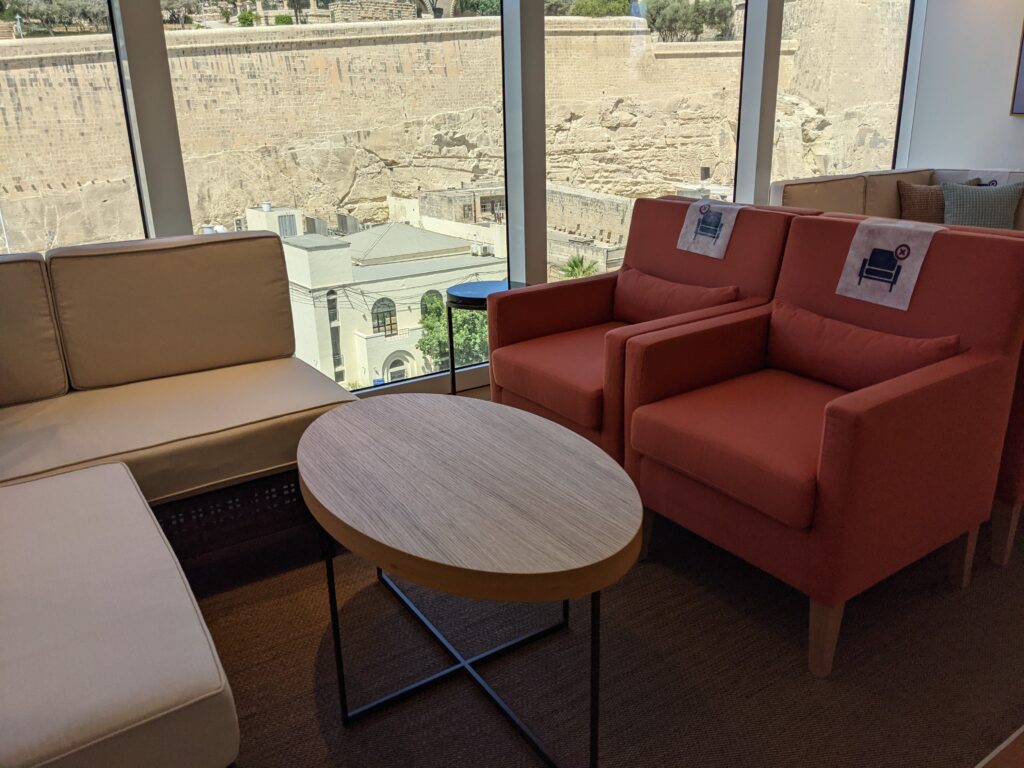
Port of Call Problems
While on the cruise, I discovered a policy that most cruise lines have adopted post-pandemic. If you’re scheduled to dock in a port in which the CDC has determined that there is a surge in COVID cases, the cruise line won’t let you disembark the ship to explore the port on your own. In order to see the sights, you must book an excursion with the cruise line and follow the approved tour to remain in a protective “bubble” against COVID.
With Viking, this isn’t hard to do. The cruise line has an excursion included in your fare for each and every port you visit; so, everyone has the chance to get off the ship and explore. However, other cruise lines charge between $50 and $150 per person for an excursion. This can substantially increase the cost of your trip if your destinations are added to or on the CDC’s restricted list. It’s best to check before sailing or be prepared to stay on the ship to catch up on some much-needed rest and relaxation.
A lot of responsibility falls on the passengers to keep the overall vessel safe. It’s a commitment passengers make to themselves and to their fellow shipmates when they make the decision to book a cruise during a pandemic. The good thing is that there weren’t arguments or fights like the ones captured on airplanes. Everyone did what they were supposed to do, and in the end, I enjoyed the trip, saw some amazing places, and I’m ready to set sail again.
